
Case Studies
Drone In A Box For Surveillance, Defence, And Perimeter Security
A drone in a box, like DJI Dock, supports security, surveillance, and defence with on-demand, automated, real-time coverage and awareness.
A drone in a box, like the DJI Dock and DJI Dock 2, can transform the surveillance, defence and security sector;
Traditional methods of security present challenges such as limited situational awareness, manpower demands, and limited response capabilities;
A drone in a box tackles these challenges, offering mobile CCTV which covers large areas quickly, increases tactical advantage, and can be deployed on-demand. It is designed to help with beyond visual line of sight deloyments;
Stream drone data back in real-time for informed decision-making - improving incident response and crew safety;
A drone in a box can benefit security at industrial facilities, airports, ports, critical infrastructure, data centres, government buildings, and live events;
The DJI Dock drone in a box ecosystem is ideal for security: Expanded operational envelope, remote and automated deployment, fast-charging for rapid and persistent operations, and multi-sensor array (wide, zoom, laser rangefinder, thermal) for versatile data collection.
Whether it's responding to an emergency situation or conducting routine patrols, security on a large site can be a daunting prospect, often involving large volumes of manpower and expensive technology to provide robust coverage.

Challenges of traditional security systems include limited situational awareness, vulnerability to tampering, and limited response capabilities.
However, a drone in a box, like the DJI Dock 2 or DJI Dock, can help security applications - easing the logistical burden of effectively covering important commercial assets, such as prisons, ports, airports, critical infrastructure, and live events.
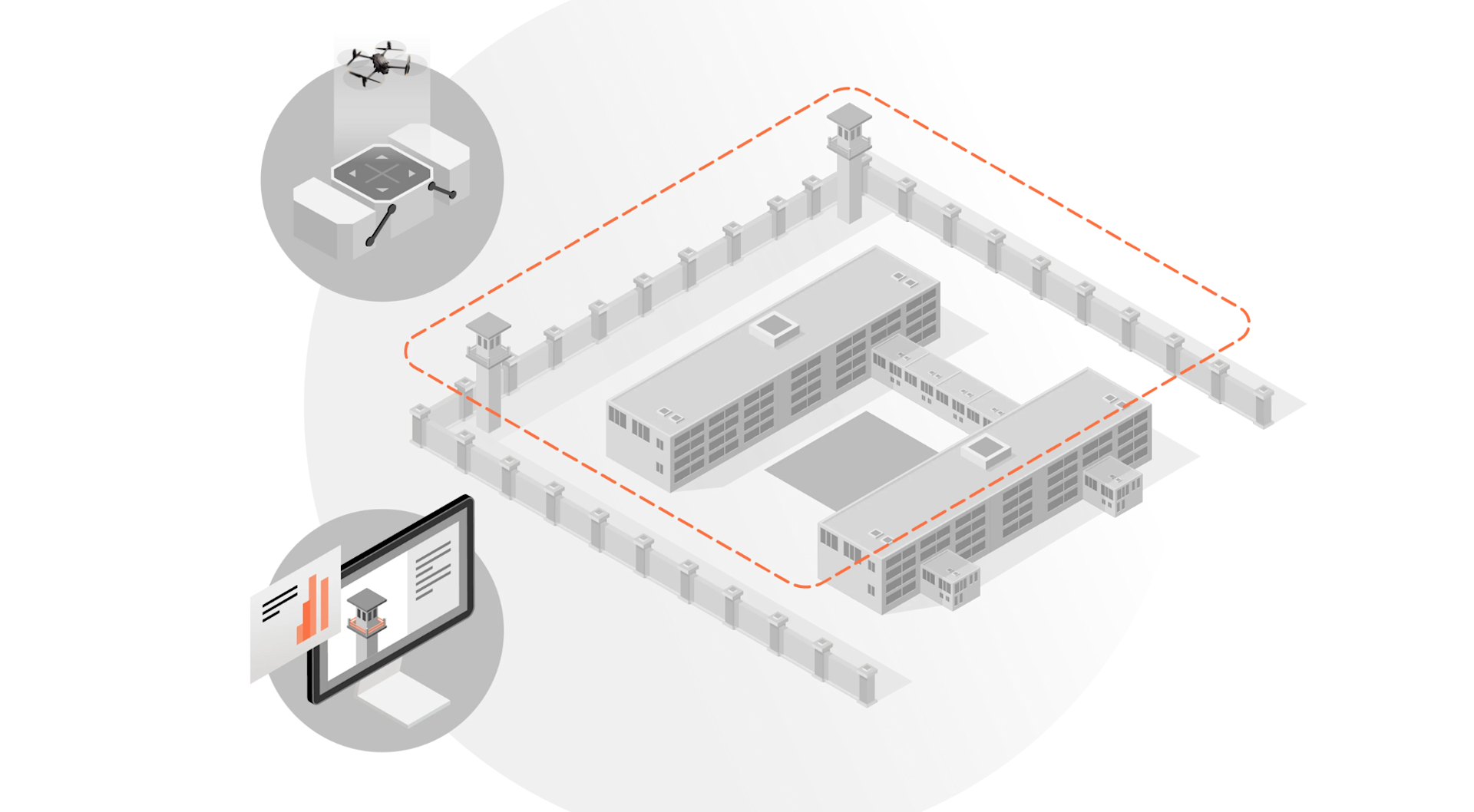
Permanently located on-site, a drone in a box is a mobile CCTV system which can cover large areas quickly and deploy on-demand.
Benefits include:
Real-time data collection, with live feeds viewed remotely or by on-the-ground personnel;
Automated flights: Deploy spontaneously or conduct pre-programmed routine patrols;
Unlimited deployment window: Operate round-the-clock;
Cover large areas quickly and reduce blind spots;
Utilise an array of cameras for versatile data collection;
Vital situational awareness for improved safety and response.
These capabilities enable security staff to make more informed, data-driven decisions, both in times of an emergency and during routine patrols, helping to maintain the safety and integrity of an asset and the people within it.
In this blog, we'll explore the benefits of using a drone in a box for surveillance, defence, and perimeter security.
We'll also focus on how the DJI Dock ecosystem - with its remote monitoring capabilities and versatile drone payload - can specifically benefit this sector.
What Is A Drone In A Box?
A drone in a box is a fully automated drone that is housed in a protective box when not in use.
The box is designed to provide shelter for the drone when it is not operational and can also serve as a launching/landing pad and a charging hub.
The drone in a box is programmed to take off, fly a predetermined route, and return to its box autonomously, without the need for a pilot.
The DJI Dock ecosystem is engineered to operate 24/7. The DJI Dock 2 is deployed with the DJI M3D Series, while the DJI Dock houses a Matrice 30 Series drone. The aircraft lands at the docking station, recharges, takes off, and executes missions programmed remotely in DJI FlightHub 2. We'll discuss the DJI Dock 2 and DJI Dock in more detail later in this article.
A drone-in-a-box is designed to be operated beyond visual line of sight.
Challenges Of Traditional Security Systems
Traditional security systems can be effective in some situations, but they also come with a number of challenges that can make them less effective and more difficult to maintain.
Limited Situational Awareness
Traditional security systems, such as CCTV cameras or security guards, have limited situational awareness. They can only provide information on what is happening within their immediate vicinity, and may not be able to provide a complete picture of what is happening across an entire facility or area.

High Cost
Traditional security systems can be expensive to install and maintain. This can be a significant barrier for smaller businesses or organisations that may not have the resources to invest in advanced security technology.
False Alarms
Traditional security systems are often prone to false alarms, which can be caused by a variety of factors such as environmental conditions or user error. False alarms can be costly and time-consuming to investigate, and can also lead to a loss of trust in the security system.
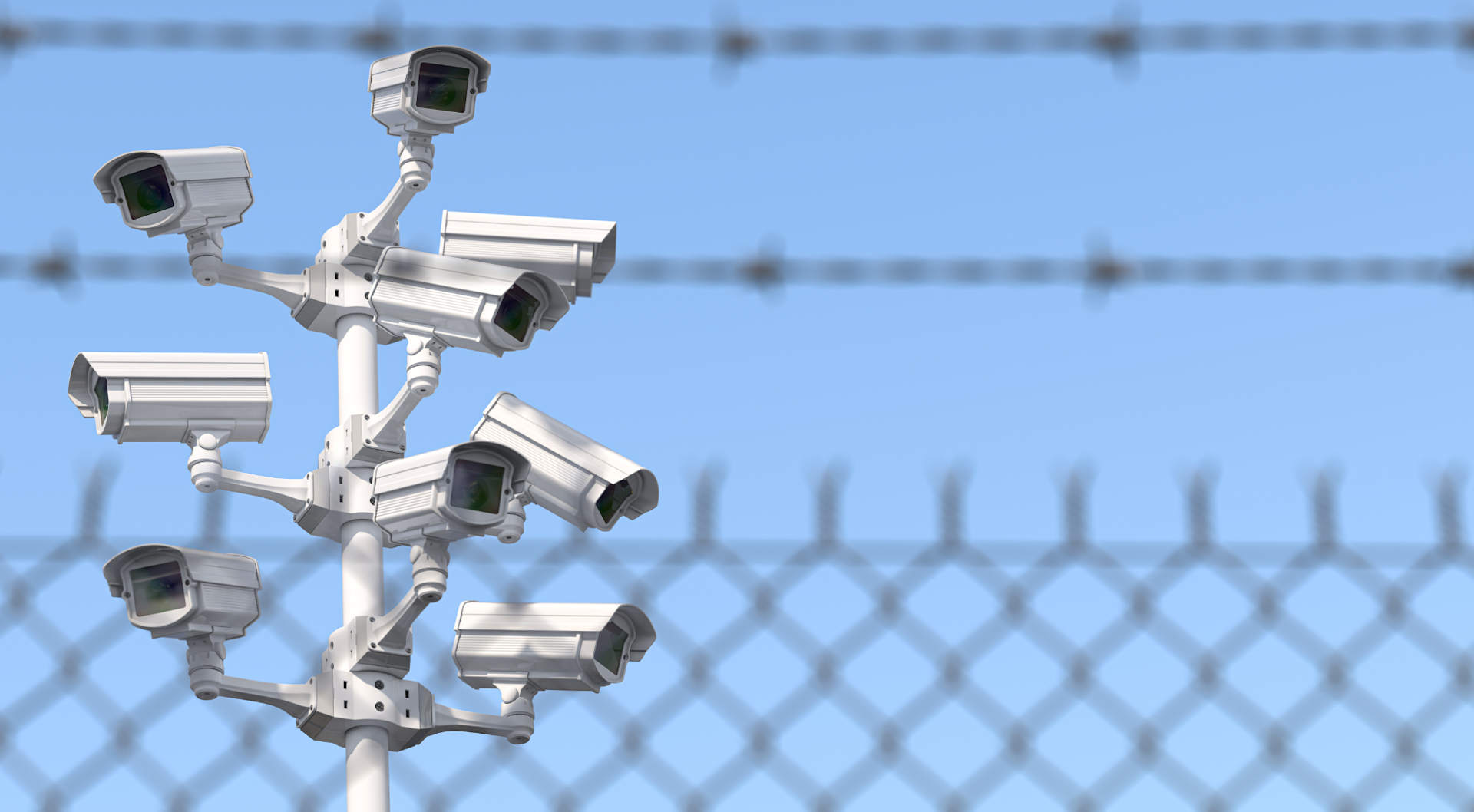
Vulnerability To Tampering
Traditional security systems are vulnerable to tampering and sabotage. CCTV cameras can be disabled or obscured, security guards can be distracted or intimidated, and alarm systems can be bypassed by experienced intruders.
Limited Response Capabilities
Traditional security systems may not have the ability to respond to threats in a timely or effective manner. For example, security guards may be limited in their ability to respond quickly to an incident if they are not in the immediate area.

Lack Of Flexibility
Traditional security systems may not be flexible enough to adapt to changing security needs or environments. For example, CCTV cameras may not be able to capture footage in low-light or extreme weather conditions, or they may not have high-res cameras, while security guards may not have the necessary training or equipment to respond to certain types of threats.
How A Drone In A Box Can Benefit Surveillance, Defence, And Perimeter Security
While traditional security systems can be effective, they do come with a number of challenges that can make them less effective and more difficult to maintain.
However, advancements in technology, such as a drone in a box solution, can help to overcome many of these limitations and provide a more effective and efficient approach to security.
Benefits include:
Rapid Deployment
A drone in a box is pre-programmed to launch automatically upon receiving a command, and can quickly take off to survey an area or respond to a security threat.
A drone is a force multiplier, covering a significantly increased area by comparison to ground-based surveillance equipment and personnel.
Constant Monitoring
Once deployed, a drone in a box can continuously survey an area, collecting data and feeding it back to a control centre.
This can help security teams stay informed about any potential threats or incidents, allowing them to respond quickly and appropriately.
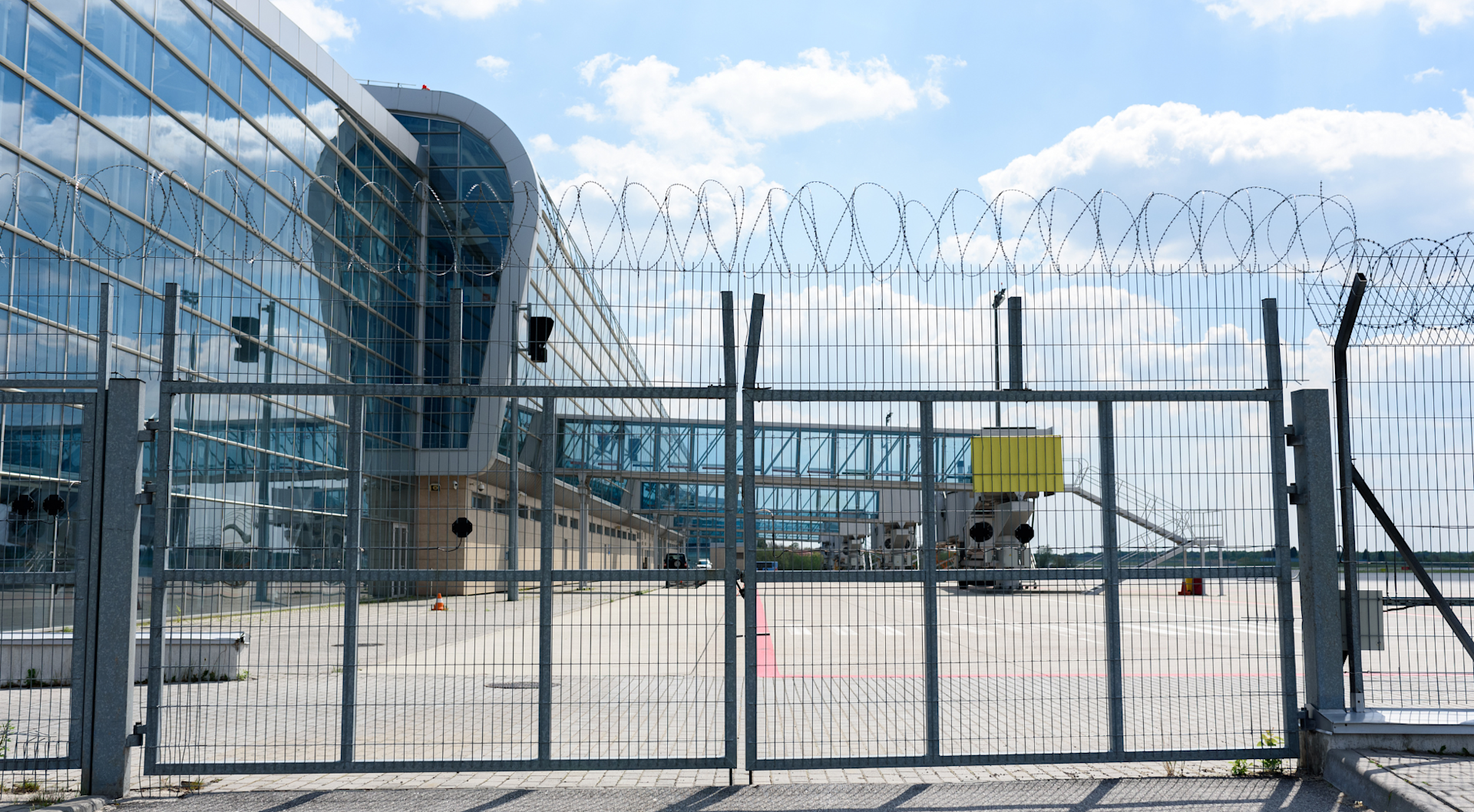
The ability to deploy 24/7 increases the safety and security of any site, and drone surveillance is a huge deterrent to intruders.
Operational Flexibility
A drone in a box provides operational flexibility: Conduct persistent surveillance along predefined routes to provide overwatch and coordinate a response, or deploy in a proactive manner, for on-demand monitoring and intelligence gathering.
This enables you to operate dynamically, responding to threats as they happen - unburdened by the availability of on-site personnel.
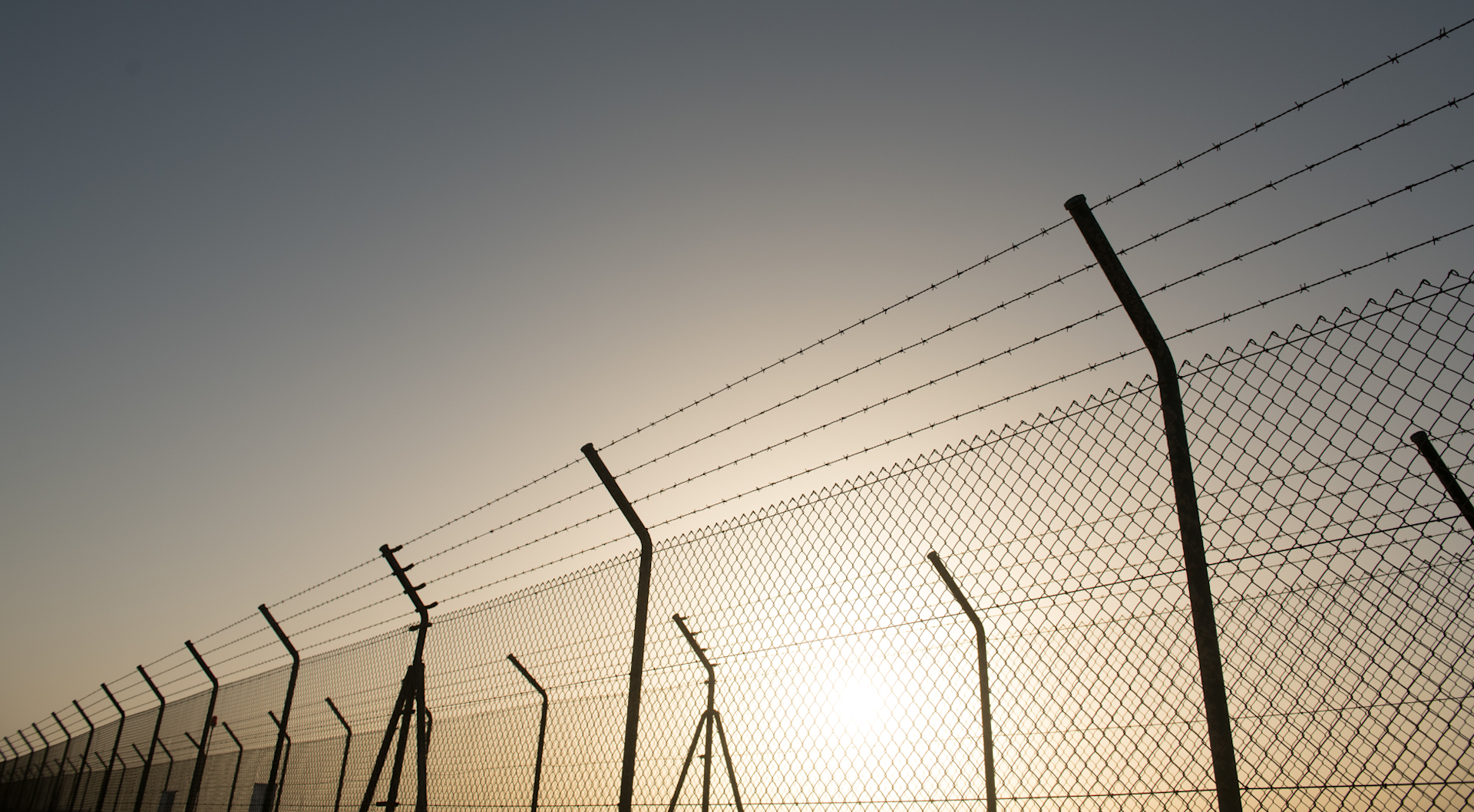
Tactical Advantage
Operating in an overt or covert capacity, drones increase the surveillance overlap against CCTV infrastructure, reduce blinds pots, offer a changeable and unique perspective, and provide continuous target tracking.
This is useful for:
Detection and Prevention: Detect and prevent unauthorised access to a site, which can reduce the risk of theft, vandalism, sabotage, or other types of security breaches.
Video Surveillance: Video footage to provide real-time monitoring.
Intrusion Detection: Detect any intrusion attempts, and alert security personnel or law enforcement to take action.
Mobile Security: Drones offer a truly mobile form of security, able to access locations which would otherwise be difficult.
Also, while static surveillance sensors can be identified through reconnaissance and invite malicious workarounds, drones benefit from being uniquely positioned and mobile.
Reduced Risk To Personnel
By deploying a drone in a box, security teams can minimise the need for personnel to enter potentially dangerous or hazardous areas. Drones can access difficult-to-reach locations or locations with high risk, without putting human lives at risk.
Automated perimeter inspections and remote access video feeds mean that the requirement for human resources on site is massively reduced, along with the associated costs.

Use real-time situational awareness to shape response plans - enhancing crew safety and operational effectiveness.
Cost-effective
A drone in a box can be a cost-effective solution for security operations. Rather than having to pay for multiple security guards, drones can be deployed to monitor an area 24/7.
High Level Of Accuracy
A drone in a box is equipped with advanced sensors and cameras, providing a high level of accuracy in identifying potential threats or suspicious activity.
Depending on the drone, security teams can benefit from high-resolution visual cameras, thermal sensors, and object tracking.
This data can be relayed in real-time, either remotely or to on-site personnel.
Automated drone missions along a pre-defined route also ensure repeatable and accurate data.
Applications That Can Benefit From Drone In A Box Security
Security is important for a variety of premises and infrastructure, especially those that house valuable assets, sensitive information, or where safety is a concern.
Industrial Facilities
Manufacturing plants, power stations, and other industrial facilities often have large sites and sensitive equipment that require perimeter security to protect against unauthorised access, theft, or vandalism.
Transportation Facilities
Airports, seaports, and train stations require perimeter security to protect against terrorism, smuggling, or other types of security breaches.

Correctional Facilities
Prisons and detention centres require perimeter security to prevent inmates from escaping or unauthorised individuals or objects from entering the facility.

Government Buildings
Government buildings such as embassies, military bases, and courthouses require perimeter security to protect against terrorism, espionage, or other types of security threats.
Data Centres
Data centres require perimeter security to protect against unauthorised access, theft of data, or cyber-attacks.
Critical Infrastructure
Critical infrastructure such as water treatment plants, communication networks, and power grids require perimeter security to prevent sabotage or cyber-attacks.
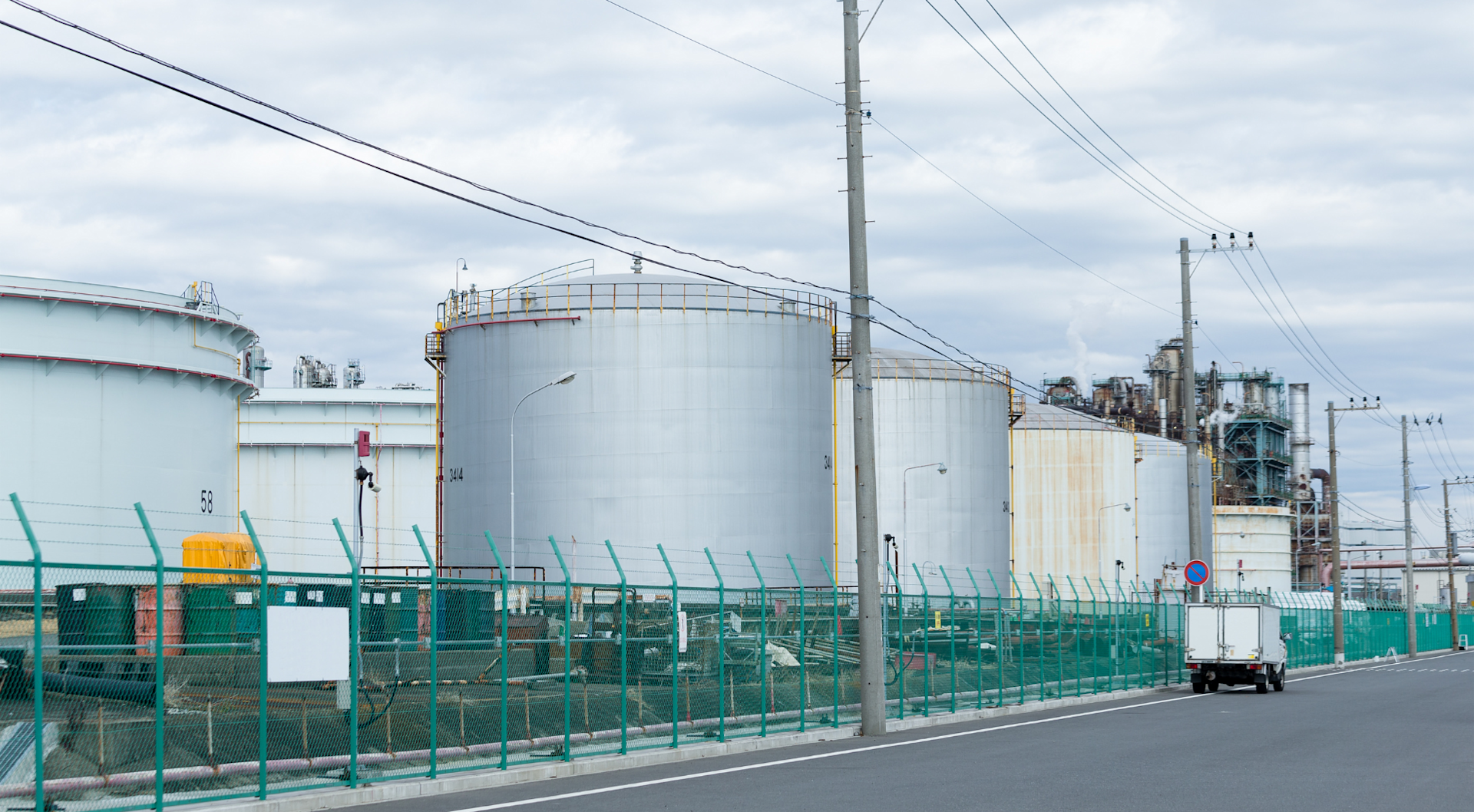
Large Events
Public events such as concerts, sporting events, and political rallies require perimeter security to ensure the safety of attendees and prevent terrorism or other types of security breaches.
How Can The DJI Dock Drone In A Box Benefit Surveillance, Defence, And Perimeter Security?
The case for using a drone in a box for security and defence has been made.
But how specifically can the DJI Dock 2 and DJI Dock benefit the sector?
Reliable and Rugged
The DJI Dock 2...
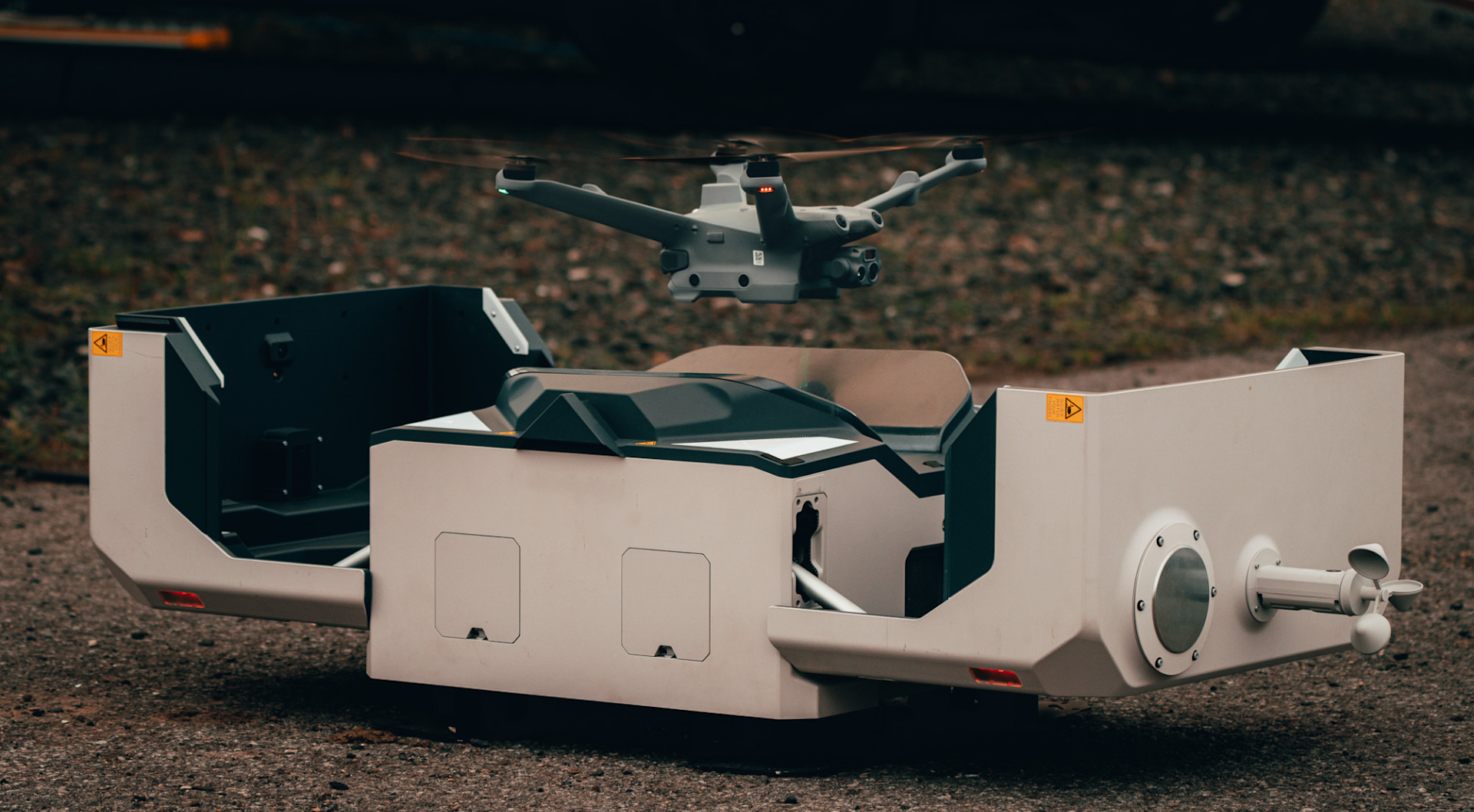
...and DJI Dock are IP55 rated.
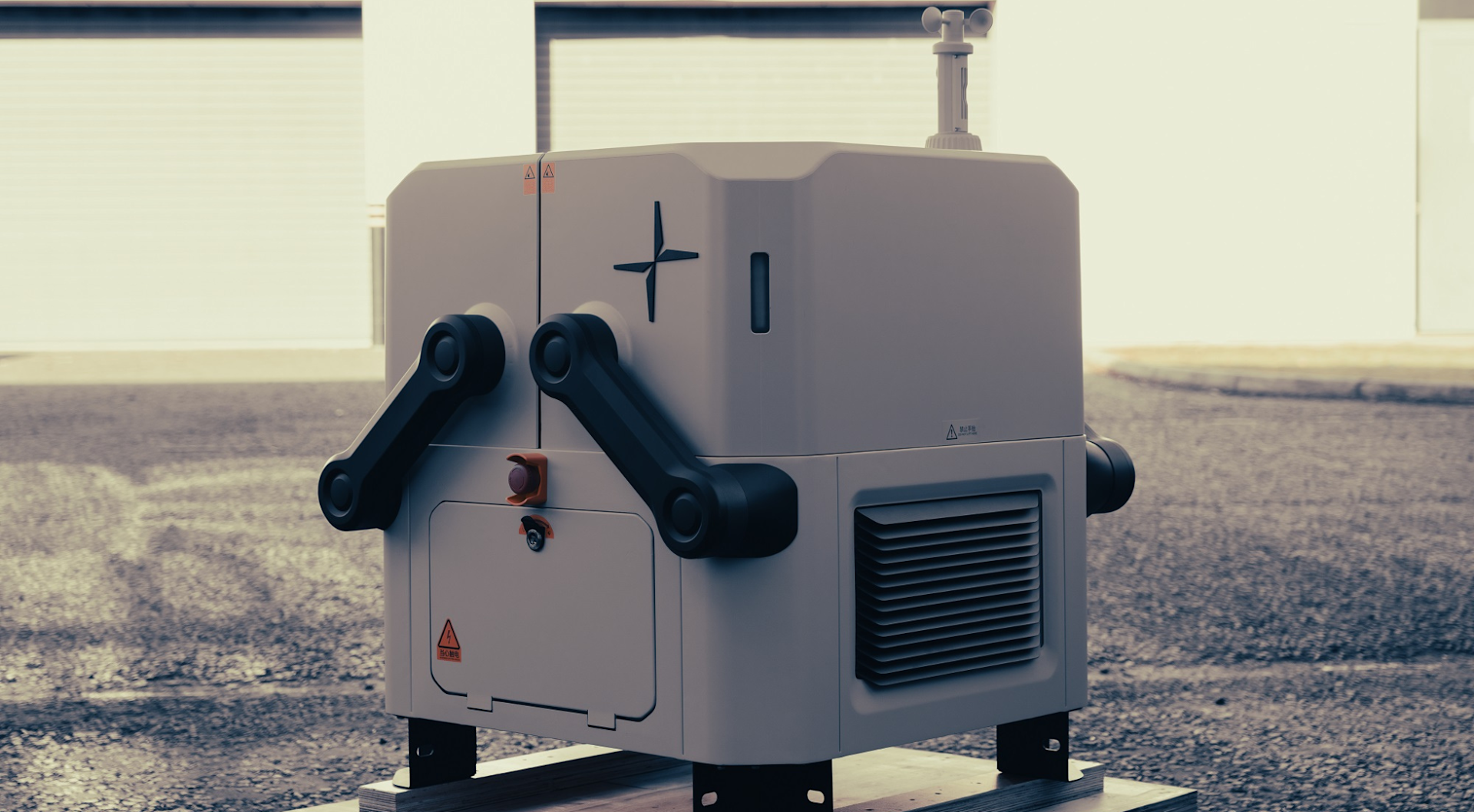
Dock 2 has an operating temperature of -25° to 45°C, while the DJI Dock can operate in temperatures from -35°C to 50°C. The Docks can be deployed round-the-clock and have an integrated weather station, which knows when conditions aren't safe for the drone to fly.
The rugged nature of the DJI Dock and DJI Dock 2 increases the operational envelope, meaning that deployments are not limited by the weather - unless conditions are extremely severe.
Rapid Deployment
Both the DJI Dock 2 and DJI Dock have fast-charging capabilities, enabling rapid and almost constant deployment.
This is useful for security and defence applications, providing the ability to collect data on-demand - whether that's responding to an emergency incident or conducting scheduled patrols and surveillance.
DJI Dock 2 has a smaller footprint than DJI Dock 1, meaning it can be more easily transported from site-to-site.
DJI Matrice 3D Series For DJI Dock 2
The DJI M3D Series - comprising the DJI M3D and DJI M3TD - have a flight time of up to 50 minutes, an operating radius of 10km, and an IP54 rating.
For security, the DJI M3TD is the optimal solution, featuring a 48MP wide-camera, a 12MP tele camera with up to 56x hybrid zoom, and a thermal sensor with a 640 x 512@30fps resolution or a UHR Infrared Image Mode with a resolution of 1280 x 1024@30fps.

The DJI M3D is more suited to surveying, featuring a 20MP 4/3 CMOS sensor with mechanical shutter.
DJI M30 Dock Version
Fully charged, the DJI M30 for the DJI Dock flies can fly for 40 minutes and can conduct missions and inspections up to 7km from the Dock.
This enables the drone to collect more data and cover larger areas in one flight.
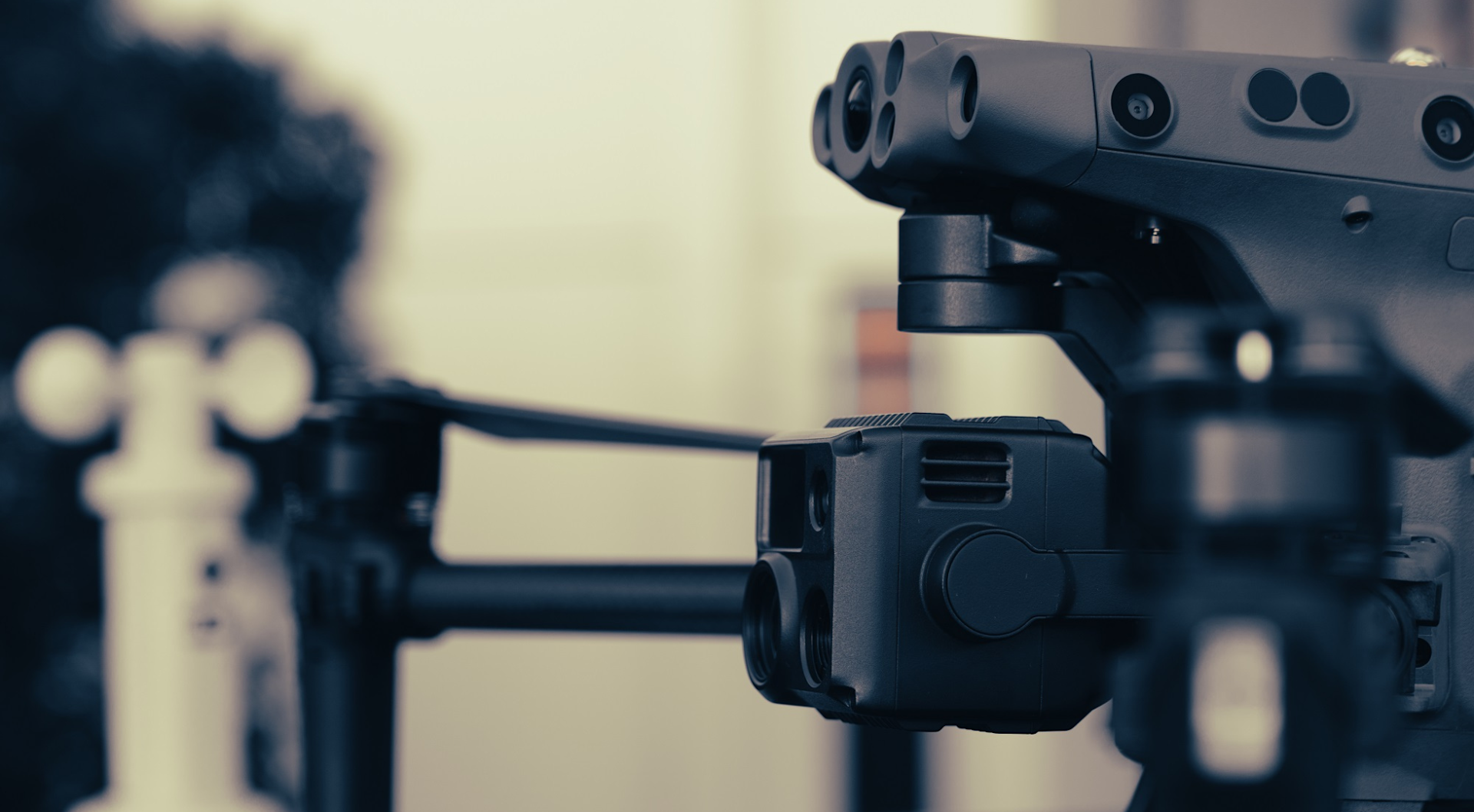
The M30 Series Dock Version has a multiple camera array for mission flexibility, which is especially useful for security, defence, and surveillance.
Wide Camera (12 MP): Useful for visual identification and real-time monitoring.
Zoom Camera (200x max hybrid zoom): Ideal for picking up on smaller details from afar.
Laser Rangefinder: (3****m-1200m): Obtain precise coordinates of a location or object.
Thermal Sensor (640 x 512 resolution): Deploy the thermal sensor to conduct searches of people or objects. The thermal sensor is on the M30T Dock version, not the M30 Dock version.
Click the hyperlink to find out more about the key features of the DJI Dock.
Cloud Management
DJI Dock 2 and DJI Dock can be controlled remotely via the DJI FlightHub 2 platform. Schedule missions, create and edit flight routes, and manage the collected data.

Remote monitoring improves incident response, benefiting real-time decision-making as a security breach happens.
To find out more about FlightHub 2, read our Key Features Of DJI FlightHub 2 Drone Management Software blog.
DJI Dock can also integrate with third-party solutions, such as the cloud-based FlytNow software, which can be used for remote and automated deployments, scheduling operations, centralising data, managing fleets of Docks, and obtaining real-time data. Read our in-depth blog about the FlytNow software to learn more about its key features.
DJI Dock Drone In A Box vs Traditional Drone Deployment For The Security Sector
Drones have major advantages for the security and defence sector. A drone in a box provides additional benefits compared to traditional drone deployment.
Traditional Method
Current drone operations meet a number of challenges:
Labour cost of pilot teams;
High operation skills required;
Subject to pilot availability.
Drone In A Box
The DJI Dock overcomes these challenges.
Remote operations without pilots on site;
Fly on-demand: Scheduled flights or spontaneous deployment;
Automated operations.
Drone In A Box: Rules In The UK
So, what are the legal considerations when deploying a drone in a box in the UK?
As things stand, there is nothing stopping operators from flying a drone from a box. But there are limitations.
Organisations who do not yet have BVLOS (Beyond Visual Line of Sight) permissions will first need to operate VLOS (Visual Line of Sight).
For more details about working towards BVLOS permissions, including obtaining an OSC (operating Safety Case) and the current state of play regarding BVLOS operations in the UK, read our DJI Dock: Building Your Safety Case And UK BVLOS Pathway blog.
Summary
Overall, drones can be an effective tool to enhance security operations by providing real-time information, reducing the risk to personnel, and improving overall situational awareness.
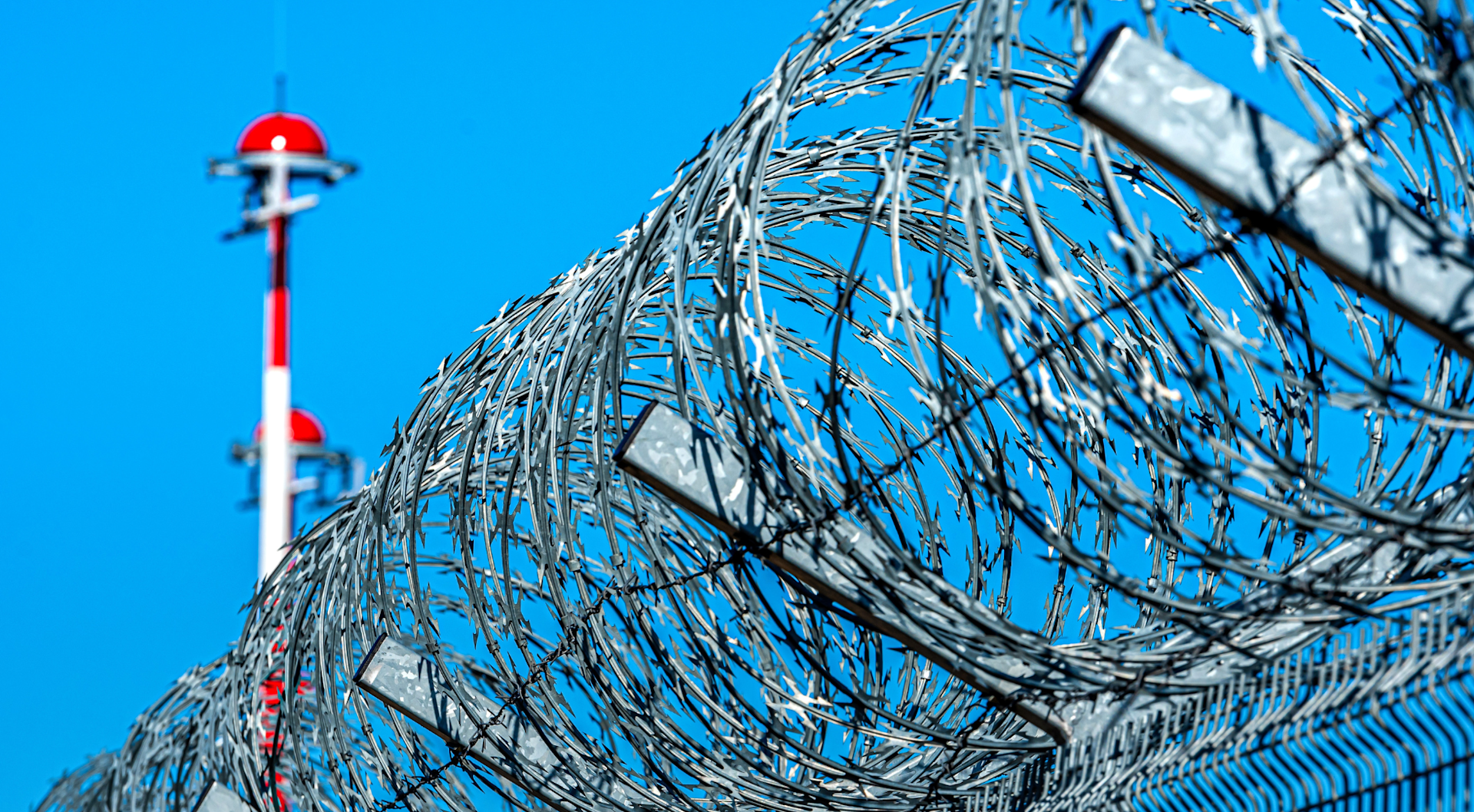
A drone in a box is an effective response mechanism for security and defence, overcoming challenges and limitations associated with more traditional methods.
The ability to operate on-demand provides an immediate and round-the-clock response, while conducting persistent inspections enhances situational awareness and increases deterrence.
Drones can cover areas quickly and stream high-quality real-time data back to incident commanders in any location required.
This up-to-the-minute intelligence is crucial for enhanced incident response, more informed decision-making, and improved crew safety - in times of emergency and during routine patrols.
As such, a drone in a box provides a robust, rugged and reliable mechanism to detect and track human and UAS intrusions/incursions, and offers a modern security solution.
heliguy™ is a DJI Dock 2 and DJI Dock partner. Contact us to find out more about the DJI Dock and how heliguy™ can support your adoption of this drone in a box, including training (such as OSC consultancy and BVLOS training), installation, and site planning.
